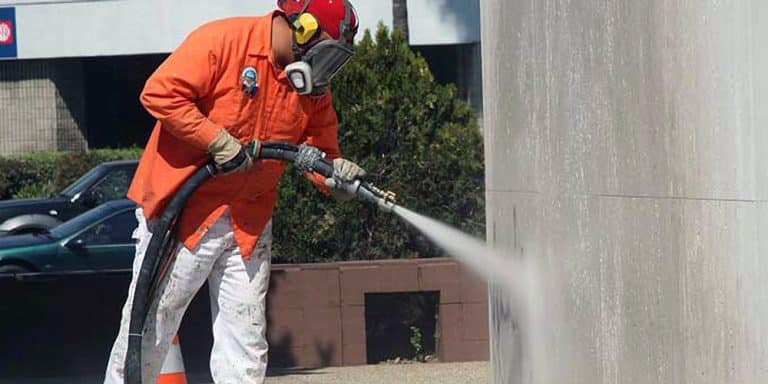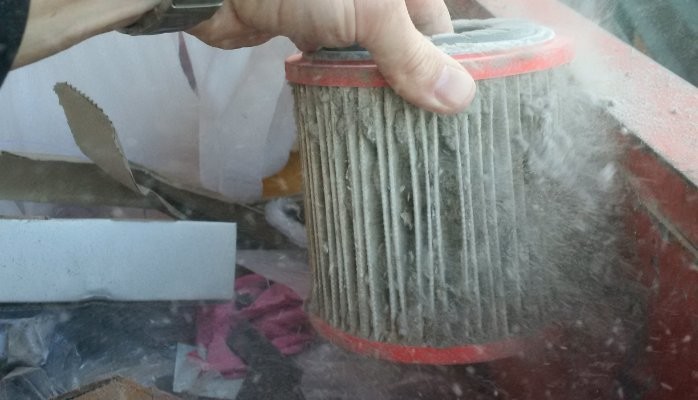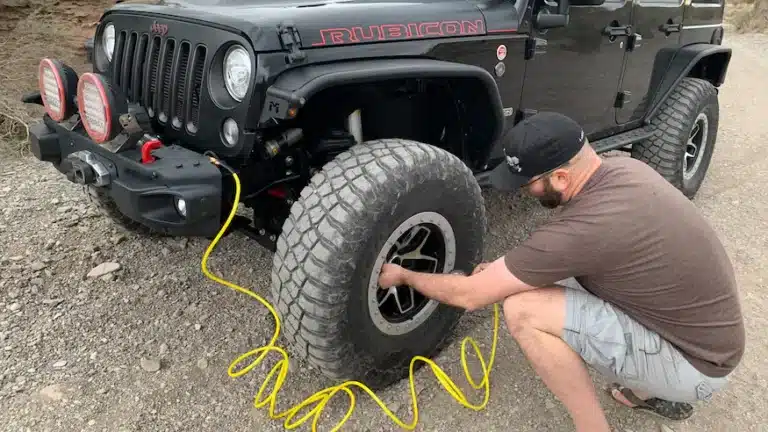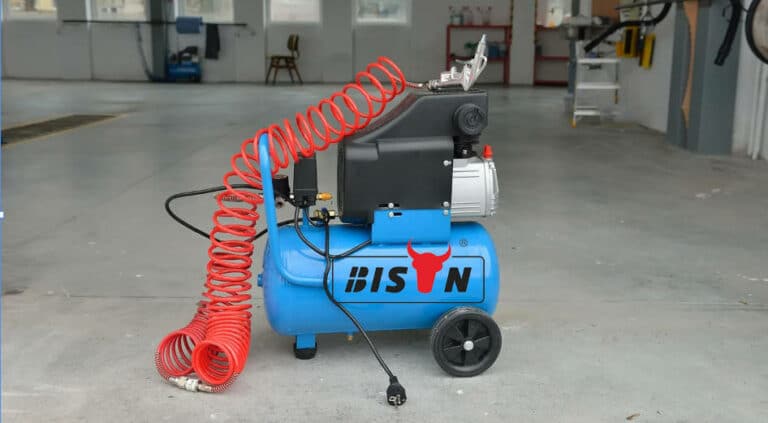air compressor application
air compressor for painting
- Nov 9, 2022
If you want to paint your car, large fences, sidewalks or even walls, you will need an air compressor to make your job easier and more fun. Without an air compressor, accurate painting cannot be achieved, and to achieve accurate painting, the best air compressor is needed. Then the BISON air compressor used to drive the air gun to work properly will also bring an extra wealth to our distributors.
We will guide you through the most important information for buying a compressor for spray gun. Then, once you know what you’re doing, we’ll introduce you to BISON’s appropriate machine to drive your air spray gun, so you can let your customers create masterpieces for any paint job they do in the future.

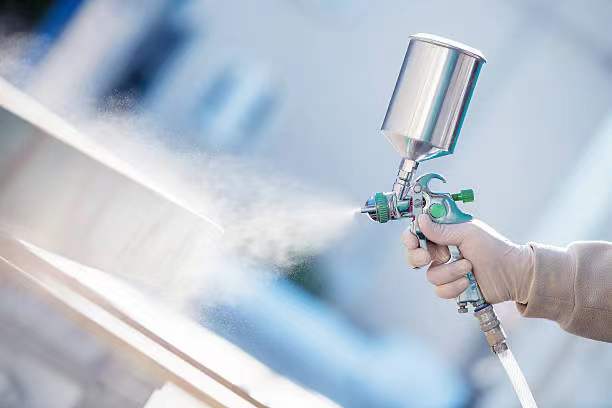
When considering an air compressor for paint, we’re not really talking about a specific type of compressor dedicated to painting functions, but an air compressor suitable for use with a spray gun. Air compressors use electrical power(or gasoline, diesel power) to produce pressurized air in storage tanks, which can then be used in a variety of applications, including painting. Different air compressors have different pressure limits, and this is where choosing the right air compressor comes into play.
The “high volume, low pressure” (HVLP) delivery system is what most air paint guns employ. , so it’s essential to find a paint compressor that can provide the pressure and amount of air you need to produce a consistent flow of paint to give you a perfect finish.
What is HVLP?
HVLP spray guns atomize paint coatings by using large volumes of air at low air cap pressures, typically in the pressure range of about one-quarter or less of traditional methods. This means that the velocity of the sprayed material is lower and, therefore, less likely to “bounce”, which improves the transfer efficiency of the paint. The HVLP method also provides a softer spray, which reduces material waste. However, they do require higher air volumes than conventional sprayers, which means larger compressors are required. Again, you’ll have to check the recommendations for your specific model, but your HVLP gun PSI may be somewhere between 25-30 PSI, e.g. spraying a car with an air compressor, up to some where higher atomization is required 40 PSI.
In short, except for the mini air compressor, other products of BISON can all reach this pressure value. So when you only purchase the air compressor for spray gun, you can choose the air compressor whose tank is larger than 6L.
Factors to consider before purchasing an air compressor for painting
Choosing the best air compressor for painting requires a systematic, logical approach at the pre-order and purchase stages. You need to consider the following factors to make this best purchasing decision.
CFM
The amount of air moved per minute is measured in CFM. This is one of the most important considerations when choosing an air compressor for painting. Spraying paint with an air gun requires injecting a lot of air into the paint, which can cause the paint to atomize or break down. The volume is called SCFM or CFM on the compressor. People often confuse PSI and think that PSI is what determines paint cracking. PSI refers to the pressure provided by the air compressor. When it comes to spray guns and paint air compressors, cubic feet per minute is a key factor to consider, and it’s also the main factor you’ll typically pay when buying an air compressor.The CFM rating of the compressor should be higher than (not equal to) the CFM requirement of the air gun, otherwise you will risk volume loss which will cause irreversible damage to the machine. As mentioned above, the “large capacity” element of the HVLP gun is an important clue that a larger compressor is required for proper use.
Air compressors of 5 to 10 CFM are commonly used in powered painting equipment for industrial use. For high-quality HVLP guns, you typically need up to 20 CFM of air. If you are using a conventional spray gun, you may not need as much air as the high volume air (HV) required by HVLP, especially compared to conventional spray guns, which can still use 10 – 15 CFM. While there are options available for low CFM spray guns, they usually don’t provide good paint breakdown, which can affect the quality of your finish.
Air tank size
Checking the size of the compressor oil tank is critical, as paint sprayers require a constant supply of air from the compressor to function properly. Therefore, the fuel tank has to be more important to meet this demand.
Painting a car requires a 10-gallon air compressor. It is recommended to purchase a sprayer with a large airtank of at least 10 gallons, such as a BISON air compressor. The larger the tank capacity, the more the compressor will provide continuous airflow over a wider surface area.
Weight
Weight determines the portability of the product. When purchasing an air compressor for painting, choose one that can move quickly while painting. When choosing a light-duty air compressor, the BISON pancake air compressor is the right choice as it weighs 32.2 lbs.
Style
There are different air compressors, pancake compressors, pontoon air compressors, and hot dog compressors.
Pontoon compressors are the most powerful, with larger CFM ratings and longer run times. However, they do not perform well in terms of portability; therefore, you must consider the needs of your project.
Pancake air compressors are great because of their low profile, small size, and lightweight. However, they are not as robust as BISON pancake air compressors and, therefore, cannot be used in many high-volume applications.
Hot dog compressors can handle larger painting jobs and some more extensive inflation operations than pancake-style air compressors. Unfortunately, due to their bulk size, they are not portable, lightweight, or stable. The air receiver has a longer working life and a higher maximum pressure than a pancake compressor.
Noise
Compressor noise is a serious problem, and it’s exacerbated if you’re operating in tight spaces. Whichever compressor has the lowest decibel level (dB), make sure you can purchase and install the necessary accessories.
Using an expansion chamber muffler or a standard car muffler to block low frequencies would be ideal.
The intake muffler filter minimizes the noise of intake air activity entering the compressor air intake.
There are also some possibilities for quiet compressors, but they are quite expensive. Mufflers, such as fiberglass insulation, can block sound and prevent it from spreading out in your office.
Fuel
It is also important to ensure that the proper fuel is used to power the compressor. As for fuel, you can choose between natural gas and electricity.
Electric air compressors are cheaper and operate more efficiently. In contrast, air compressors powered by gas are more reliable and adaptable, especially when used outdoors.
However, you should avoid using gas-filled air compressors in enclosed areas or indoor work as they may pollute the environment.
Oil vs oil-free
Hobbyists and experienced entrepreneurs are increasingly using oil-free air compressors. Oiled compressors are heavier, more expensive, and last longer.
A similar oil-free design will be lightweight and require less maintenance. Generally speaking, if you are a regular user or just a one-time user, oil-free air compressors are the first choice.
Air compressor tank type
Several people are familiar with stationary vertical compressors. These are commonly found in factories, workshops, and multiple repair shops. They are usually large and heavy, with high horsepower ratings for continuous use. Due to their vertical design, they require less floor space.
Portable air compressors are smaller, lighter, and easier to move than permanent air compressors.
Price
Portable and pancake-shaped air compressors are the best options when it comes to price. They’re smaller, lighter, and allow for chaining, giving you no access to a 220v outlet.
Moisture separator
Paint application can be affected by moisture, which can cause air bubbles, mainly when painting smooth surfaces like cars. Most compressors on the market include a regulator on the pump, but not all compressors are equipped with moisture traps.
Moisture filters are designed to filter out condensation that forms in the air coming from the tank.
Wide range of air compressors available at BISON
BISON offers a wide range of portable and stationary compressors in one and two-stage configurations. If you want to purchase air compressors in bulk, you can contact us, as we are the wholesale supplier of all types of air compressors including air compressors for painting. There is sure to be an air compressor that is perfect for your painting job.
air compressor for painting FAQs
What is a good size air compressor for painting?
A large air compressor is a good-sized air compressor for painting. The minimum requirement is 7.5 cubic feet per minute. This means you should choose an air compressor capable of delivering up to 7.5 CFM at 40 PSI.
Can I spray paint with a 3-gallon air compressor?
No, you can't paint with a 3-gallon air compressor. You need a bigger one, maybe at least 15 gallons. Painting is usually not a pressure issue but an air volume issue.
Can you recommend the type of air compressor for painting?
Spraying with pancake air compressors is easy, especially for small jobs because of their small size and lightweight.
Does a two-stage air compressor perform better than a single-stage air compressor?
The power output of a two-stage air compressor motor can be double that of a single-stage compressor. So if you're planning on doing a large-scale paint job, it's best to have a two-stage motor.
Additionally, Two-stage compressors pump greater CFM while lowering the risk of overheating compared to one-stage compressors, increasing efficiency.
Why choose an oil-free compressor for a dental office?
Dental air compressors are strictly regulated as they must meet high hygiene standards. This is to protect dental patients from contaminants that can cause infections or other problems. Oil and other particles must not be allowed to penetrate into the airflow, so there are operating standards and regulations regarding the use of dental air compressors.
The Dental Compressor Regulation HTM2022 requires compressed air to be produced by an oil-free compressor with an integral dryer, an internally coated air receiver, and a breathing air and bacterial filter downstream of the compressor.
Part B of the dental compressor regulations HTM02-01 is relevant to your plumbing system, ensuring it is safe from potential damage, leak-free and contains adequate isolation valves.
Standard oil-lubricated compressors can use filters to remove particles, although these filters are expensive and require regular inspection and replacement.
How to spray paint with an air compressor?
Don't know how to use a spray gun on your new compressor? Here's what you need to get started:
- Safety gear: Respirator or face shield, goggles and gloves
- Hose
- The right air compressor for your spray gun
- Gun Accessories: Regulators, Filters, quick disconnect fittings - although, depending on your requirements, you may not need all of them.
Here is the process:
- Use your safety gear before starting any work.
- Connect the air gun to the air compressor with hoses and other accessories.
- Make sure your compressor provides adequate CFM.
- Mix your paint/primer and solvent according to the recommended ratio.
- On a piece of cardboard, practise using your pressure paint sprayer to check if your compressed air spray provides a consistent flow of paint. You can adjust the spray mode of most HVLP guns via the knob on the side of the gun.
- To the surface of your choice, apply a uniform coat of paint, and if desired, apply a second coat after 12-24 hours (after the first coat has dried).
How do you maintain an air compressor for painting?
Lorem ipsum dolor sit amet, consectetur adipiscing elit. Ut elit tellus, luctus nec ullamcorper mattis, pulvinar dapibus leo.
- All types of air compressors require some level of maintenance to function properly. It is recommended to check key components every time the air compressor is used for painting and repair it if necessary. In this way, your air compressor will run more efficiently for longer usage.
- The user manual is your best guide for troubleshooting your air compressor. Never make any repairs to the air compressor without reading the manual.
- The oil in the compressor should be changed when necessary.
- Continuous use of an air compressor for painting jobs every month will inevitably lead to the loosening of some nuts and bolts. Vibration usually causes this loosening. Loose nuts and bolts aren't a sign that the machine is about to collapse; it's a sign that it's time to tighten them.
- The air compressor must have a clean intake valve and connector to operate at full capacity.
- Periodically inspect the hoses to ensure that the compressor is not affected by damaged hoses.
- Even the air filter itself can exceed its limits, so an annual inspection of the filter is essential.
- Moisture in the paint can also degrade the quality of pneumatic spray painting, so it is best to drain it regularly.
- You should clean the tanks every year because they can eventually become toxic if not cleaned properly.
- There is a safety shut-off mechanism attached to the compressor that activates when the pressure or temperature exceeds a safe level. Make sure your security system is functioning properly.
If you have any enquiries about the BISON air compressor, we would love to hear from you.



